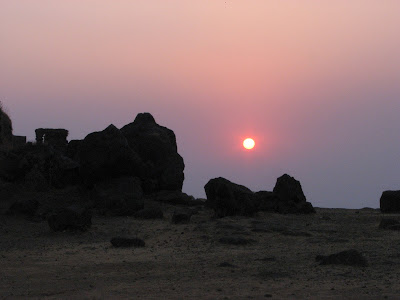Chhatrapati Shivaji can undoubtedly
be counted as one of the greatest kings of India Fort Torna Agra Deccan
plateau, and extended South to modern day Karnataka and spread as far as Jinji
and Vellore India
 |
| The ropeway has made it easier to visit the Fort |
 |
| Architectural photographers will love the place |
From the Fort, you get an extraordinary
view of the surrounding valleys and mountain ranges. The Maharashtra Tourism
Development Corporation (MTDC) has a few rooms for overnight stay, and in fact,
this is what makes the place worth your visit. For, the best time to visit the
Fort is from dusk to dawn! When the sun begins to set, the day tourists have
gone back, and cool breeze begins to set in. As it gets dark, you can listen to
the wind, watch the stars and simply amaze at the pitch dark sky!



Very Well written post, thoroughly enjoyed it and your clicks are also awesome. Raigad Fort is really amassing place. You can also check my post at Raigad Fort History at http://www.touristsafari.com/forts/raigad-fort
ReplyDeleteThanks
DeleteNice post on Raigad Fort. It is famous fort in Maharashtra. Many Tourist visit this fort. If you like to visit forts then get information or history of forts at http://maharashtraplanet.com/forts-in-maharashtra/
ReplyDeleteThis comment has been removed by the author.
ReplyDelete